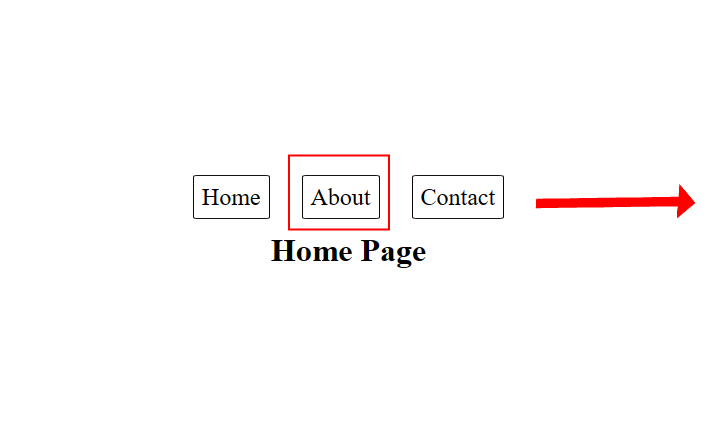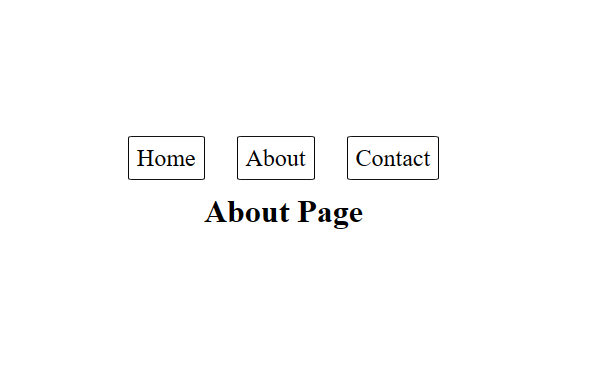Basic Navigation
You can read full guide and tutorial here
Navigation in React
Routes define
In main.tsx file, you can desire the route as you want. In this case there are 4 routes.
<BrowserRouter>
<Routes>
<Route path="*" element={<NoPage />} />
<Route path="/" element={<Home />} />
<Route path="/contact" element={<Contact />} />
<Route path="/about" element={<About />} />
</Routes>
</BrowserRouter><Route path="/" element={<Home />} /> define "/" path and render the <Home /> element
<Route path="/contact" element={<Contact />} /> define "/" path and render the <Contact /> element
<Route path="*" element={<NoPage />} /> When there is no path match will render<NoPage /> element because "*" means any path in URL
Links define.
When use click on Link element, it will tell the page to go to URL in "to={"/path"}"attribute
//example of Home element
import React from "react";
import { Link } from "react-router-dom";
export default function Home() {
return (
<>
<div className="navbar">
<div>
<Link to={"/"} className="menu-link">
Home
</Link>
<Link to={"/about"} className="menu-link">
About
</Link>
<Link to={"/contact"} className="menu-link">
Contact
</Link>
</div>
</div>
<div className="main">
<h1>Home Page</h1>
</div>
</>
);
}
When click at the about button, the page will render about page as we define in Route element in main.tsx
**** createBrowserRouter, useNavigate and useLocation wil be soon updated
Here it is our basic navigation in React, next we will learn how to manage the dynamic route
Thanks to a good references :))))
https://medium.com/@pratya.yeekhaday/reactjs-ทบทวน-react-router-dom-v6-สำหรับ-typescript-ec1b7e3427b7


